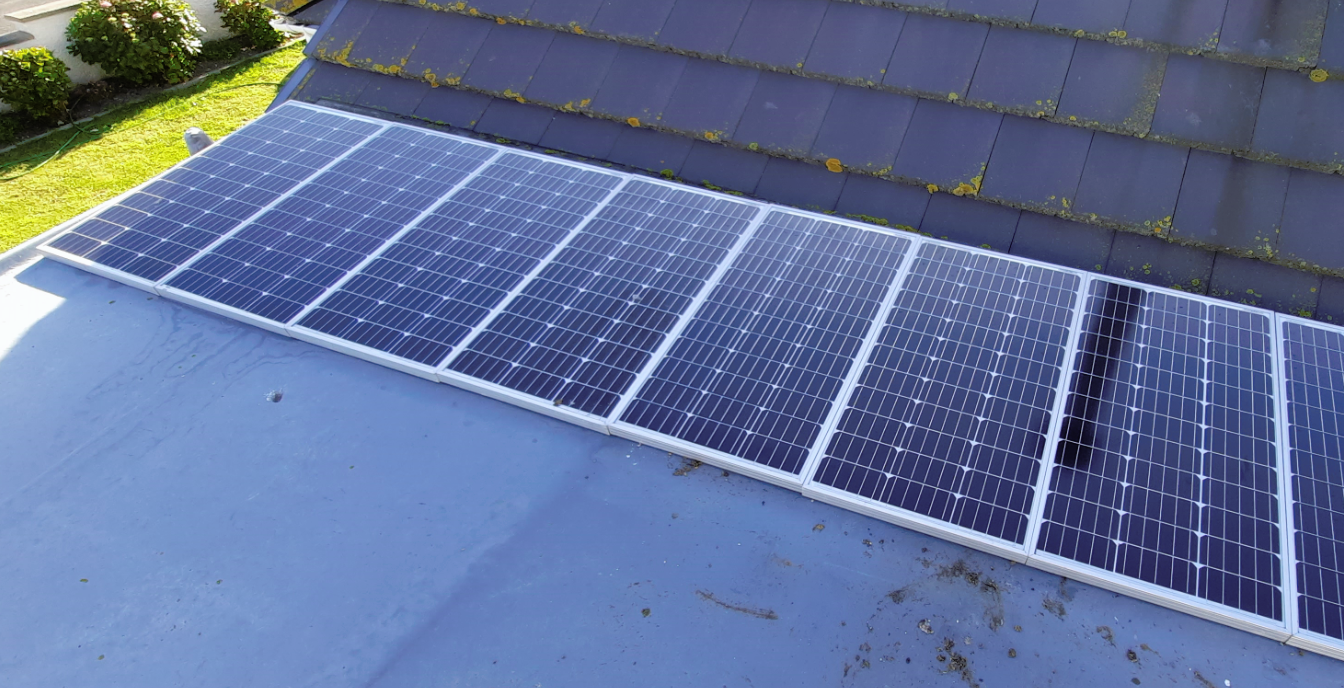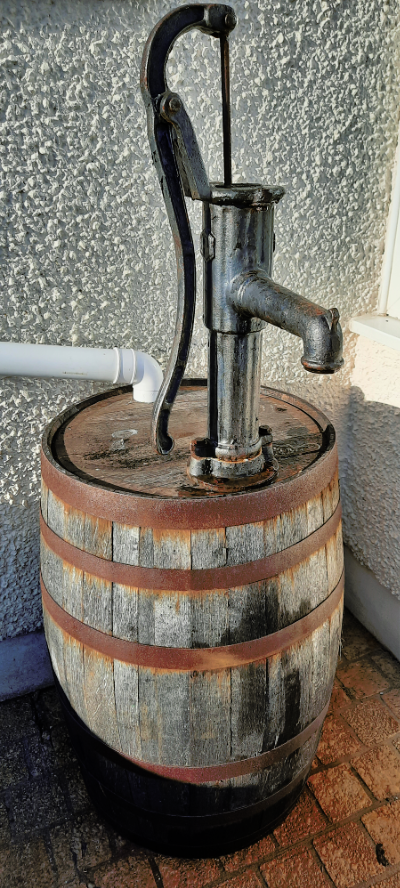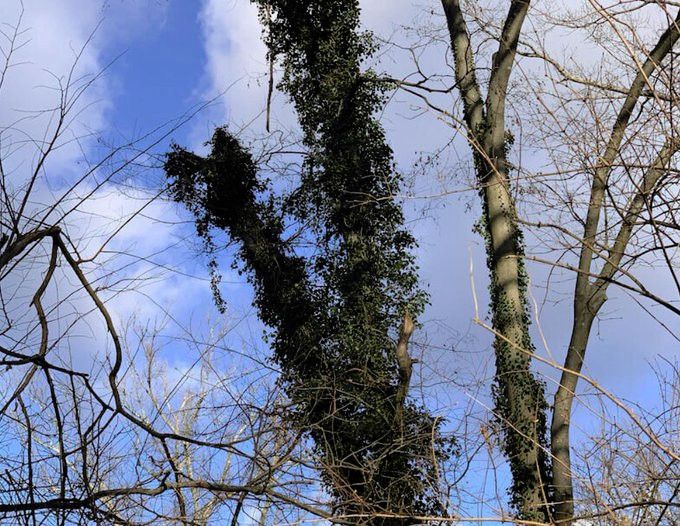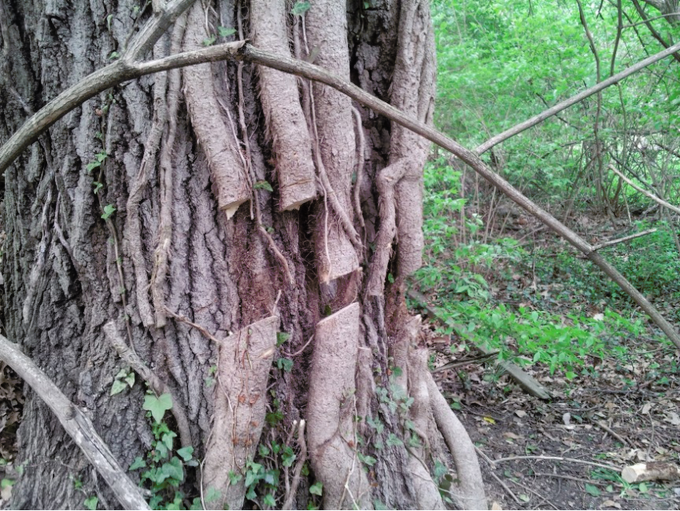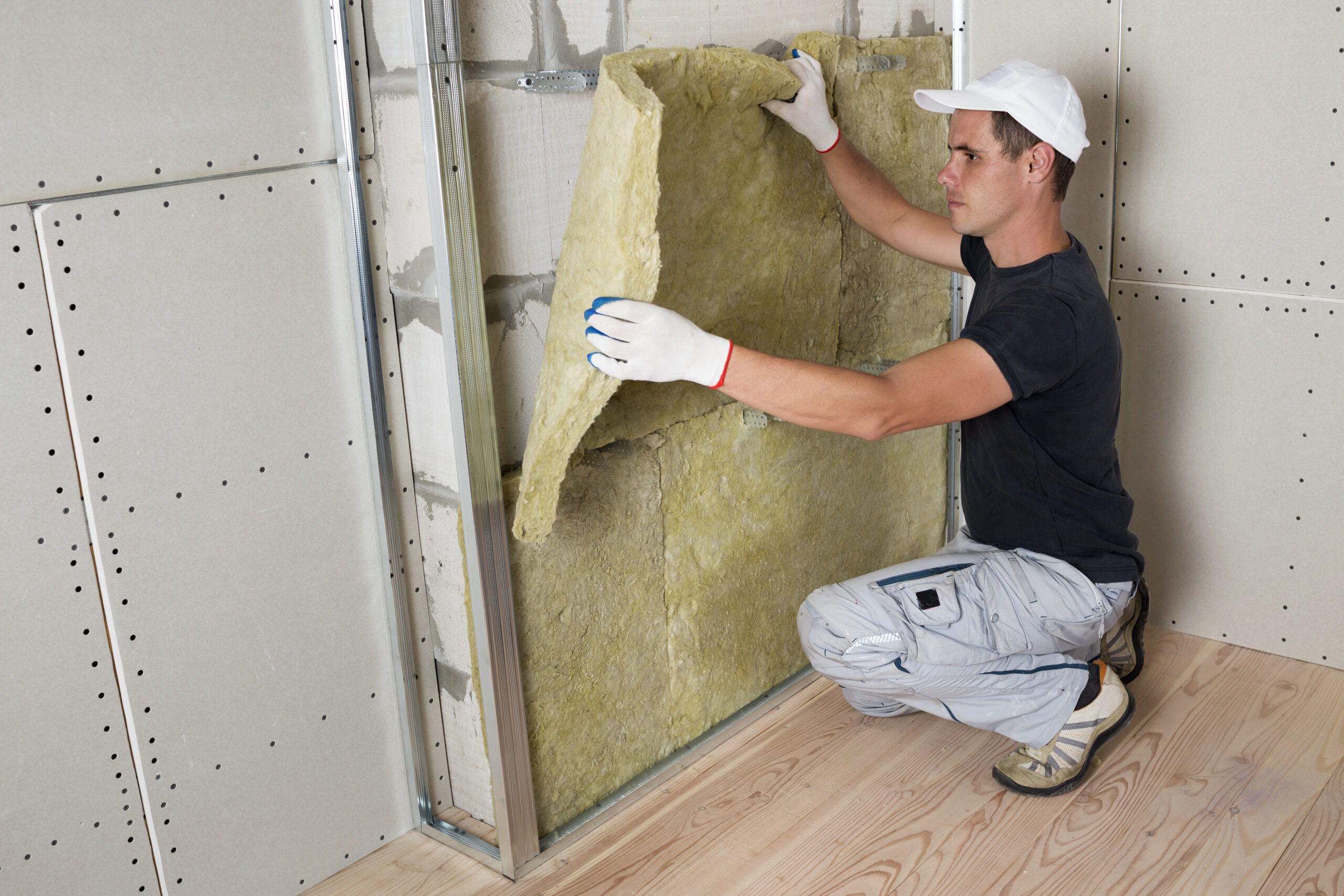Making adjustments to your home can improve the performance of the fabric of the property. Retrofitting your home this way, often described as the ‘fabric first’ approach, is a great way to prioritise home improvements that can immediately make your home more comfortable and easier to keep warm, thus reducing your household bills. It also reduces the need for maintenance.
In the long run, these improvements will prepare your home for future low carbon heating technologies, which can benefit you further.
All this can also reduce our overall carbon emissions. A recent survey of house conditions in the Isle of Man has revealed that we have done little to improve the energy efficiency of older homes.
80% of the buildings that will be in place in 2050 are already built, so adapting our current buildings will be an essential part of cutting the emissions from our homes.


